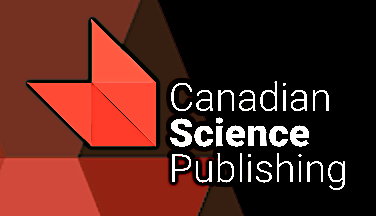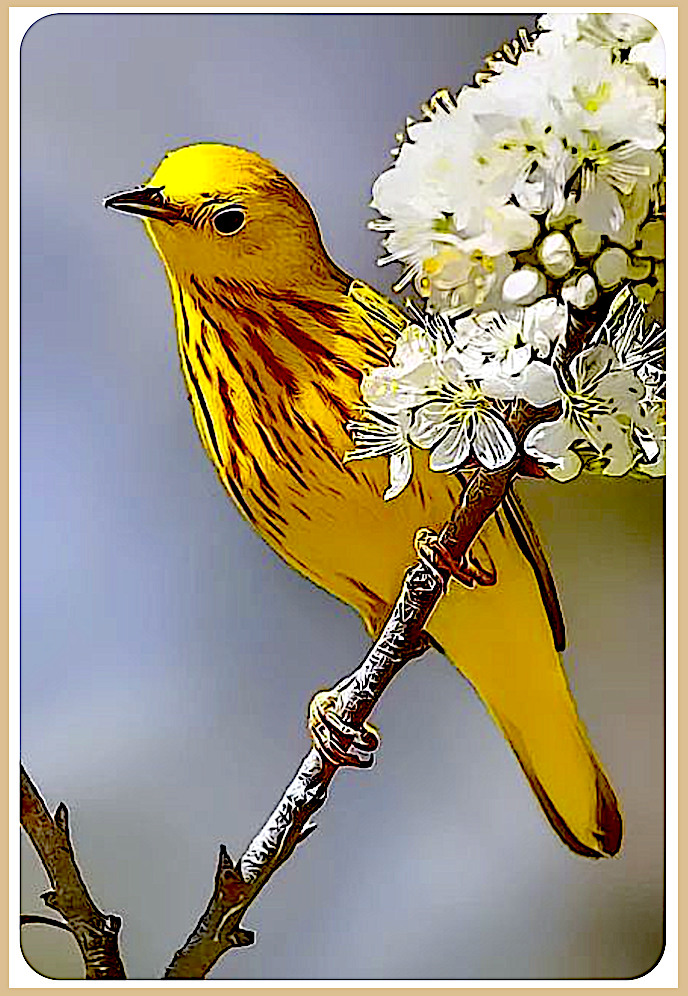Home / Fluoride Injury Symptoms In Epiphytic Lichens And Mosses +
Results indicate that F-pollution affects moisture
balance, causes chlorophyll damage, and
produces other symptoms of injury
which could lead to ultimate death
of these organisms.

.
Fluoride Injury Symptoms In Epiphytic Lichens And Mosses
Fabius LeBlanc, Gilberte Comeau, D. N. Rao
Original ⇒ HERE
We thank you for all your good work.

ABSTRACT
This study was conducted in Arvida, Quebec, where volatile fluorides and HF are released into the atmosphere from an aluminum factory. Lichen and moss-bearing bark discs, cut out from trees in an unpolluted area, were fixed in groups of six in rectangular wooden boards. All discs were photographed in color as well as in black and white. Fifteen sites, in addition to a control site, were selected in different directions from the factory. At each site two boards were fixed with nails in a vertical position at a height of 8–10 m on a tree. One board was removed after 4 months exposure and the other after 12 months. The lichens and mosses exposed in control and polluted areas were compared with respect to their color, external morphology, plasmolysis in algal cells, loss of green color, the nature of reactions towards neutral red and 2,3,5-triphenyl-2H-tetrazolium chloride (TTC), absorption spectra of chlorophyll, and fluoride concentration. Results indicate that F-pollution affects moisture balance, causes chlorophyll damage, and produces other symptoms of injury which could lead to ultimate death of these organisms.
Cited by:
-
Jessica M. Wakefield, Joydeep Bhattacharjee, Evansia, 2012. Effect of air Pollution on Chlorophyll Content and Lichen Morphology in Northeastern Louisiana. 29 (4), 104 – 114 CrossRef.
-
J.R. Aboal, J.A. Couto, J.A. Fernández, A. Carballeira, Environmental Pollution, 2008. Physiological responses to atmospheric fluorine pollution in transplants of Pseudoscleropodium purum. 153 (3), 602 – 609 CrossRef.
-
T. Otnyukova, Environmental Pollution, 2007. Epiphytic lichen growth abnormalities and element concentrations as early indicators of forest decline. 146 (2), 359 – 365 CrossRef.
-
Leonard H. Weinstein, Alan W. Davison, Environmental Pollution, 2003. Native plant species suitable as bioindicators and biomonitors for airborne fluoride. 125 (1), 3 – 11 CrossRef.
-
T. MacGillivray, R. Helleur, Journal of Analytical and Applied Pyrolysis, 2001. Analysis of lichens under environmental stress using TMAH thermochemolysis–gas chromatography. 58-59 (), 465 – 480 CrossRef.
-
Thomas H. Nash, Corinna Gries, Science of The Total Environment, 1995. The response of lichens to atmospheric deposition with an emphasis on the Arctic. 160-161 (), 737 – 747 CrossRef.
-
Javier Martínez-Abaigar, Encarnación Núñez-Olivera, Manuel Sánchez-Díaz, Journal of Bryology, 1994. Seasonal changes in photosynthetic pigment composition of aquatic bryophytes. 18 (1), 97 – 113 CrossRef.
-
, , 1993. 3 The chemistry of water. (), 14 – 325 CrossRef.
-
, , 1993. 6 The biology of the atmosphere. (), 604 – 620 CrossRef.
-
M. AGNETA S. BURTON, Botanical Journal of the Linnean Society, 1990. Terrestrial and aquatic bryophytes as monitors of environmental contaminants in urban and industrial habitats. 104 (1-3), 267 – 280 CrossRef.
-
A. Samecka-Cymerman, A.J. Kempers, Aquatic Botany, 1990. Tolerance of Scapania undulata (L.) dum. to fluoride. 37 (2), 163 – 170 CrossRef.
-
D.F. Perkins, R.O. Millar, Environmental Pollution, 1987. Effects of airborne fluoride emissions near an aluminium works in Wales: Part 1—Corticolous lichens growing on broadleaved trees. 47 (1), 63 – 78 CrossRef.
-
Samuel N. Linzon, Water, Air, & Soil Pollution, 1986. Effects of gaseous pollutants on forests in Eastern North America. 31 (3-4), 537 – 550 CrossRef.
-
G.P. Pandey, Environmental Pollution Series A, Ecological and Biological, 1985. Effects of gaseous hydrogen fluoride on leaves of Terminalia tomentosa and Buchanania lanzan trees. 37 (4), 323 – 334 CrossRef.
-
O.L. Gilbert, Environmental Pollution Series A, Ecological and Biological, 1985. Environmental effects of airborne fluorides from aluminium smelting at invergordon, Scotland 1971–1983. 39 (4), 293 – 302 CrossRef.
-
Toini H. Holopainen, Nordic Journal of Botany, 1984. Cellular injuries in epiphytic lichens transplanted to air polluted areas. 4 (3), 393 – 408 CrossRef.
-
Frances B.M. Davies, Environmental Pollution Series A, Ecological and Biological, 1982. Accumulation of fluoride by Xanthoria parietina growing in the vicinity of the bedfordshire brickfields. 29 (3), 189 – 196 CrossRef.
-
J. Asta, J.P. Garrec, Environmental Pollution Series A, Ecological and Biological, 1980. Etude de l’accumulation du fluor dans les lichens d’une vallee alpine polluee. 21 (4), 267 – 286 CrossRef.
-
D.F. Perkins, R.O. Millar, P.E. Neep, Environmental Pollution Series A, Ecological and Biological, 1980. Accumulation of airborne fluoride by lichens in the vicinity of an aluminium reduction plant. 21 (2), 155 – 168 CrossRef.
-
R.K. DART, R.J. STRETTON, , 1980. AIR POLLUTION AND MICRO-ORGANISMS. (), 32 – 53 CrossRef.
-
M. B. Hocking, D. Hocking, T. A. Smyth, Water, Air, and Soil Pollution, 1980. Fluoride distribution and dispersion processes about an industrial point source in a forested coastal zone. 14 (1), 133 – 157 CrossRef.
-
J.B. Kenworthy, Transactions of the Botanical Society of Edinburgh, 1978. Mosses as biological integrators of environmental stress. 42 (sup1), 43 – 50 CrossRef.
-
K. Brawn, J.G. Ogden, Urban Ecology, 1977. Lichen diversity and abundance as affected by traffic volume in an urban environment. 2 (3), 235 – 244 CrossRef.
-
Thomas H. Nash, Die Naturwissenschaften, 1976. Lichens as indicators of air pollution. 63 (8), 364 – 367 CrossRef.
-
F.E. Wielgolaski, Urban Ecology, 1975. Biological indicators on pollution. 1 (1), 63 – 79 CrossRef.
-
Fabius LeBlanc, Dhruva N. Rao, , 1975. EFFECTS OF AIR POLLUTANTS ON LICHENS AND BRYOPHYTES. (), 237 – 272 CrossRef.
-
F. INGLIS, D. J. HILL, New Phytologist, 1974. THE EFFECT OF SULPHITE AND FLUORIDE ON CARBON DIOXIDE UPTAKE BY MOSSES IN THE LIGHT. 73 (6), 1207 – 1213 CrossRef.
-
Harvey Babich, Bruce Lighthart, C R C Critical Reviews in Environmental Control, 1974. Air pollution and microbial ecology. 4 (1-4), 353 – 421 CrossRef.
-
Fabius Leblanc, Dhruva N. Rao, Bulletin de la Société Botanique de France, 1974. A review of the literature on Bryophytes with respect to air pollution. 121 (sup2), 237 – 255 CrossRef.
-
O.L. GILBERT, , 1973. LICHENS AND AIR POLLUTION. (), 443 – 472 CrossRef.
-
E. V. Watson, J. G. Duckett, Journal of Bryology, 1972. Recent Bryological Literature. 7 (1), 111 – 129 CrossRef.
Thanks for all your good work:





